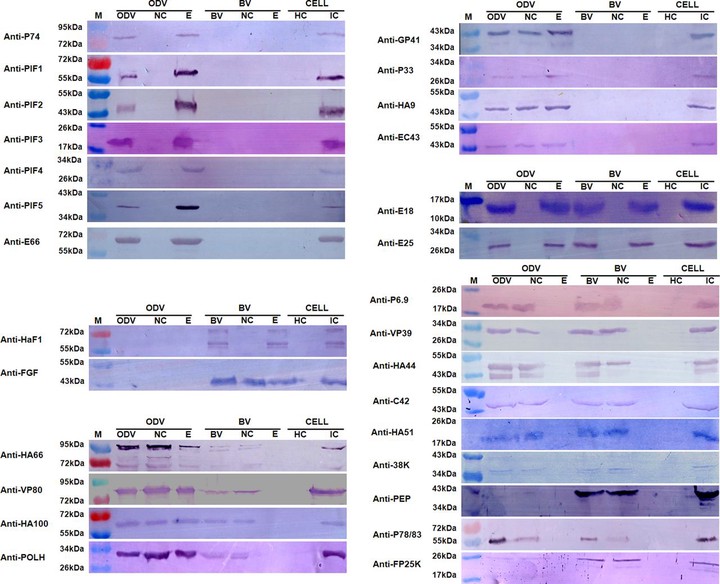Comparative proteomics reveal fundamental structural and functional differences between the two progeny phenotypes of a baculovirus
 Image credit: Unsplash
Image credit: Unsplash
Abstract
The replication of lepidopteran baculoviruses is characterized by the production of two progeny phenotypes - the occlusion-derived virus (ODV), which establishes infection in midgut cells, and the budded virus (BV), which disseminates infection to different tissues within a susceptible host. To understand the structural, and hence functional, differences between BV and ODV, we employed multiple proteomic methods to reveal the protein compositions and posttranslational modifications of the two phenotypes of Helicoverpa armigera nucleopolyhedrovirus. In addition, Western blotting and quantitative mass spectrometry were used to identify the localization of proteins in the envelope or nucleocapsid fractions. Comparative protein portfolios of BV and ODV showing the distribution of 54 proteins, encompassing the 21 proteins shared by BV and ODV, the 12 BV-specific proteins, and the 21 ODV-specific proteins, were obtained. Among the 11 ODV-specific envelope proteins, 8 either are essential for or contribute to oral infection. Twenty-three phosphorylated and 6 N-glycosylated viral proteins were also identified. While the proteins that are shared by the two phenotypes appear to be important for nucleocapsid assembly and trafficking, the structural and functional differences between the two phenotypes are evidently characterized by the envelope proteins and posttranslational modifications. This comparative proteomics study provides new insight into how BV and ODV are formed and why they function differently.